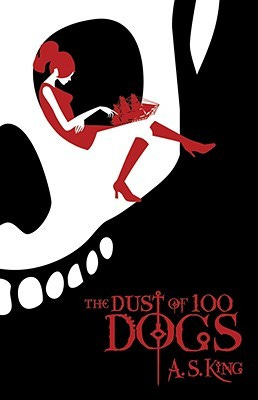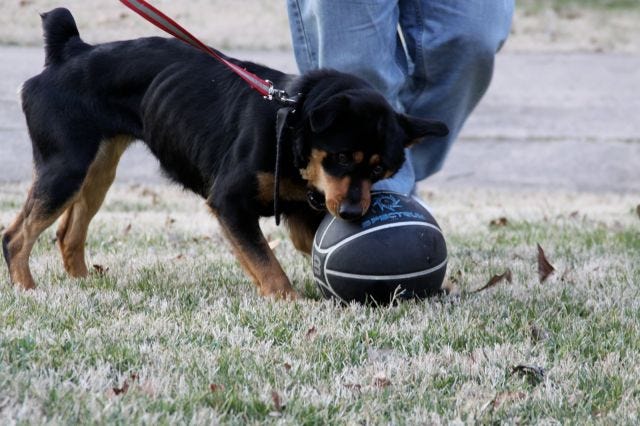Our bonds
I wrote The Bond initially thinking it was about one thing (what that was isn't important). But once I'd finished a draft and circulated the story to beta readers (and my kick-ass publisher and editor, Katie Rose Guest Pryal from Blue Crow), I realized that deep down, in the book's "landscape," was an exploration of the bonds that bind us to others.

By "landscape," I don't mean the physical world of the book (which is hella fun to construct, let me be clear). I mean the interior meaning of the book, the core of what the book is really about. I got this term from one of my Vermont College of Fine Arts teachers, A.S. King. Sometimes, you don't really understand your own landscape" until very late in the process of writing. (PS King is a must-read author.)
What I ended up being fascinated with were our bonds to others -- between couples or from a parent to a child. But I also began exploring bonds we may not think about in the same way, including the bonds between humans and animals. These bonds are not "natural," but deeply constructed by history and culture, among other things.
We often joke about what it means to be a "Jewish" mother or an "Asian" father. The jokes can be funny because they draw on patterns that we recognize, perhaps live, but that we also see as particular. But what if we go much further? What does it mean to be a mother if you never carry a child physically? Adoptive families or families who work with surrogates and donated sperm and eggs have had to deal with questions from others about their "bonds" to children who may have no biological connection to the parents.
Let's push that further - what about cultures that essentially see raising children as a community task, not a parental one (or one taken on by grandparents or elders)? Do parents feel the same bonds to children they essentially hand over to others to raise?
I pushed the question in another direction, too -- what about the strong bonds we create with animals? For many, these can be as or more important than the bonds they have with humans. I don't think I could have dug into this type of bond if I weren't a big animal fan (from pets to animals in the wild). And especially important to me was my bond to my dog, RoZee.
I've always loved dogs and wanted my children to love them, too. So our first family dog was a sweet stray my daughter named "Betsy." She was the kind of dog everyone loved and was sweet to everyone. After Betsy died (of old age), I wrote an essay about my grief in the Oxford-American, "Best-ever dog." I never thought I'd have another dog.

Then a friend suggested I check out a dog that had been rescued from starvation. RoZee (as she's now known) had been abandoned in a house with her puppy. She was so emaciated they thought they would have to euthanize her. Until... they rolled a ball at her. She became very animated (she still loves balls) and they decided to try and save her. For reasons we don't understand, she loves people (who brought her to the brink of death) but is really aggressive towards other dogs.
I'd never had a dog like this -- once back at full weight (70 lbs), RoZee can be pretty scary. But I grew to adore her personality -- loyal, goofy, protective, scampy. When I travel, I miss her, and when she's snoozing beside me, I always wonder if her dreams bring her back to fear and starvation or a lovely ball. One of the characters in The Bond (no spoilers!) is very much based on RoZee -- terrifying, but loving, potentially lethal but also goofy. And I also explore what it means to be bonded across the species divide, and ask what we owe creatures who depend on us -- and maybe save us.
If you haven't seen Sarah Foil's review, check it out here. Also, my VCFA buddy Lyn Miller-Lachmann also did a review on The Pirate's Tree, a great blog focusing on social justice and YA literature.
Happy reading!


